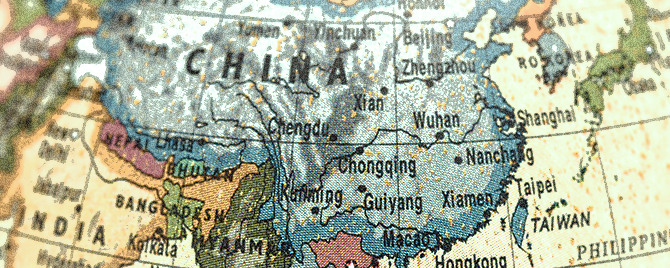Data and Indicators
-

Williams’ Public Speaking Events to Be Streamed Online
Open and transparent communication is a cornerstone of effective monetary policy, and technology keeps giving us new ways to reach the public. In that spirit, I’m pleased to announce that the Federal Reserve Bank of San Francisco will begin livestreaming my public speaking engagements whenever possible.
-

Pathways to Economic Opportunity
“Prosperity is like a Jenga tower: Take one piece out and the whole thing can fall,” said SF Fed President John Williams in his keynote at the 2016 National Community Reinvestment Conference. Couldn’t make it to the event? Get the highlights and take a video tour exploring Los Angeles river revitalization efforts.
-

What’s Behind the Slowdown in Asian Cross-Border Lending?
The growth of cross-border lending in Asia has slowed abruptly. Faced with a growing debt burden, Asian borrowers are reducing their exposure to foreign debt. This trend is driven by the appreciation of the dollar versus many Asian currencies.
-

Cash Stands Ready Rain or Shine
Meteorologists predicted that this year’s El Niño climate pattern would bring an onslaught of much-needed rain and snow to drought-stricken California. While storms haven’t hit the West Coast with the severity expected, Reserve Banks remain at the ready to get cash to commercial banks during any major weather events, right when it’s needed most. A […]
-
Economic Opportunity + a National Culture of Health: Did You Miss a Game-changer?
If you missed the speeches by Williams and Lavizzo-Mourey that closed out the National Interagency Community Reinvestment Conference (NICRC) in Los Angeles, you missed a game changer.
-

A Regional Comparison of China’s New Deposit Insurance System
With the introduction of deposit insurance in China last year, all the large Asian economies have adopted deposit insurance programs. While China’s deposit insurance shares many similar objectives and design features of other deposit insurance programs in Asia, the specifics of China’s plan differ in many aspects.
-

The Bank of Japan Goes Negative: What Does That Mean?
The Bank of Japan surprised markets last month by implementing a negative interest rate policy as part of its continued fight against deflation. Negative rates turn the traditional rules of finance on their head and may confuse some market participants. Though ordinary borrowers and savers are unlikely to see negative interest rates at this stage, the new regime will impact the Japanese banking system and possibly the country’s international financial linkages.
-

7 Things You May Not Know About U.S. Currency
Is the $1 note full of mystic symbolism? Can you name who’s on the $50? This President’s Day, explore little-known facts about U.S. currency design and the presidents that grace our notes.
-

China’s Shifting Policy Anchors
Market participants are anxious to find new policy anchors as China moves towards a “New Normal.” But China’s growth and policy direction are likely to be less predictable in the future, a fact that market participants will have to learn to accept.
-

What is Asia’s Most Systemically Important Bank?
The Financial Stability Board (FSB) recently updated its list of global systemically important banks (G-SIBs), adding China Construction Bank as the seventh Asian G-SIB. Including Standard Chartered, a U.K. incorporated bank with a majority of assets in Asia, more than a quarter of G-SIBs now operate primarily in Asia.